Pruning Lavender in Spring: Your Essential Guide
Introduction
Pruning lavender in spring is key to ensuring healthy growth, vibrant blooms, and a long-lasting plant. Spring pruning helps lavender maintain its shape, encourages new growth, and prepares it for the blooming season. As a lavender enthusiast, you’ll want to approach spring pruning with the right techniques, timing, and care to keep your plants thriving.
Spring is the perfect time for pruning lavender. If you’ve got this aromatic beauty in your garden, getting the timing and technique right will not only keep your lavender plants looking lush but will also encourage vigorous growth and more abundant blooms. In this guide, we’ll take you through why, when, and how to prune lavender in spring, along with tips on lavender care and aftercare for vibrant results.
Why Pruning Lavender in Spring is Essential
Lavender is a hardy plant, but it thrives best when pruned regularly. Spring pruning helps your lavender recover from winter, promotes strong new growth, and keeps the plant from becoming woody and leggy. Neglecting this step can lead to a straggly plant with reduced blooms and a shorter lifespan. Pruning lavender in spring ensures a compact shape and prepares it for the warmer months ahead.
When to Prune Lavender in Spring
In general, you should start pruning lavender once the danger of frost has passed. For many regions, this is typically late March or early April, but it depends on your local climate. You’ll want to avoid pruning too early, as new growth might be susceptible to late frosts, which can damage the plant. Look for signs of life in the plant; new shoots emerging from the base indicate it’s ready for a good prune. For those interested in growing a variety of plants, you might also explore indoor window plants that thrive in springtime light, or even easy vegetables to grow in pots alongside your lavender.
Step-by-Step Guide for Pruning Lavender in Spring
- Prepare Your Tools: Sharp, clean pruning shears are essential for clean cuts that won’t damage the lavender stems. Avoid tearing the stems or using dull shears, as this can lead to disease.
- Remove Deadwood: Start by removing any dead or damaged branches. These are often gray and brittle, and removing them encourages healthy growth. Deadwood can appear after winter and should be removed for the plant to focus on producing new shoots.
- Trim Down to Green Growth: Pruning lavender in spring means you want to cut back to where you see green shoots or new growth. Lavender plants can become woody at the base, but avoid cutting into this wood as it won’t regrow. Aim to trim about a third of the plant, focusing on fresh stems.
- Shape the Plant: To encourage a fuller appearance, try shaping the lavender plant as you prune. This means trimming evenly around the plant to give it a rounded, bushy shape, which helps increase air circulation and sunlight exposure to each part of the plant. When working with new plants, such as those from cuttings, knowing how to grow cilantro from cuttings, for example, can be a helpful skill to get new greenery flourishing.
Ways to Prune Lavender
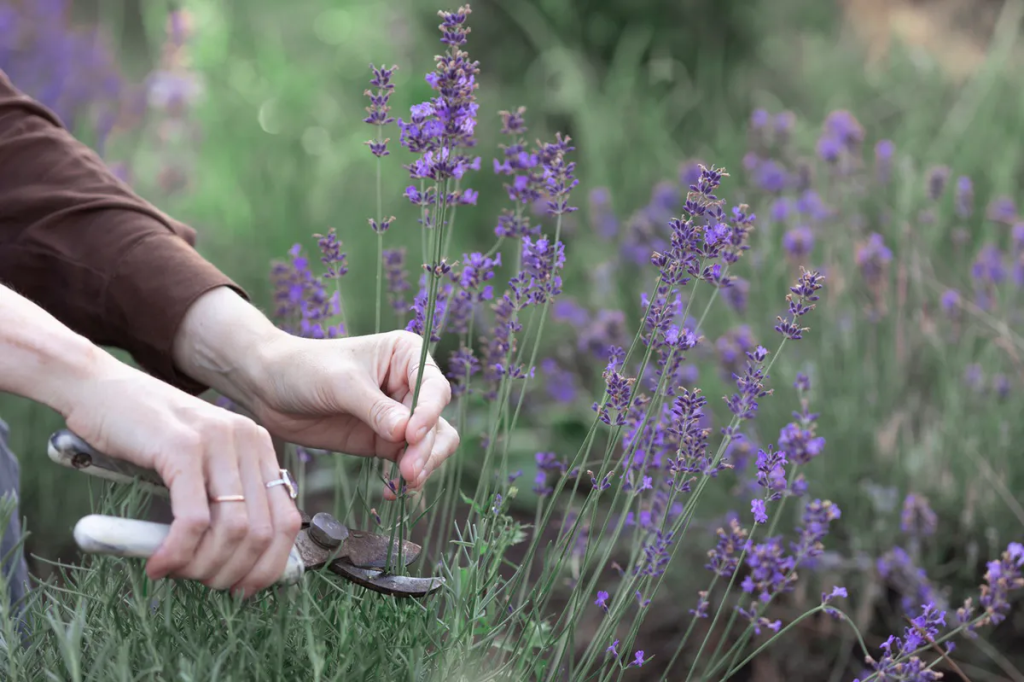
When pruning lavender in spring, you can choose from a few different techniques depending on the age and condition of your plant:
- Light Pruning: Ideal for young plants or those that need minimal shaping. Just snip the top inch or so of new growth, helping the plant maintain its natural shape without any major cutting.
- Hard Pruning: For older plants that have grown large and woody, hard pruning involves cutting down to green growth, but be cautious not to prune too deeply. Over-pruning can hinder regrowth, as lavender struggles to sprout from old, woody stems. If you’re curious about which plants can handle hard pruning, check out when to separate seedlings for insights on maintaining plant health during replanting.
- Rejuvenation Pruning: This is typically a drastic cut back, usually to revive a plant that has become too leggy or woody. Lavender plants that have not been pruned for years can benefit from rejuvenation, though results vary.
How to Care for Lavender After Pruning
After pruning lavender in spring, give the plant a good drink of water, especially if your climate has dry spring conditions. This will help the plant recover and stimulate growth. Many lavender varieties also benefit from natural fertilizers or other organic supplements that encourage nutrient-rich soil without chemical exposure. Regularly check the soil to ensure it remains well-drained, as lavender roots don’t do well in overly wet conditions.
Mulching around the base of your lavender plants can also help retain moisture and prevent weeds. Consider using worm castings as a natural supplement—how to use worm castings provides more insights on making the most of this organic fertilizer.
Common Challenges When Pruning Lavender
Even with proper pruning, you might encounter issues with your lavender plants. One common concern is browning leaves, which can be caused by various factors, including nutrient deficiencies or improper watering. If you notice your lavender is turning brown, assess your watering schedule—lavender thrives in well-draining soil and does not like soggy roots. It might also help to investigate your soil quality and provide essential nutrients to your plants.
Another potential issue is the presence of pests such as aphids or the notorious black and yellow caterpillar, which can damage young shoots. Regularly inspecting your plants and employing organic pest control methods can help keep these pests at bay. Additionally, it’s wise to ensure that you’re not over-fertilizing your lavender. A common mistake is to give them too much fertilizer, which can lead to excessive foliage growth at the expense of blooms.
Another challenge is weather. Late frosts can be a concern for new growth after a spring pruning, so always monitor your local forecast. If frost is likely, cover your lavender plants to protect them from the cold.
By staying vigilant and addressing these potential issues, you can keep your lavender healthy and vibrant, ensuring a stunning display in your garden.
Choosing raised bed vegetable gardening for beginners is also a good way to learn proper pruning and growth techniques if you’re starting with new plants.
Aftercare: Encouraging Strong Growth
For the best results, continue to monitor your lavender’s water needs and soil quality after pruning. Lavender is a drought-resistant plant, so avoid overwatering. Instead, water deeply but infrequently, encouraging the roots to grow deeper into the soil. In areas with intense sunlight, knowing what plants like direct sunlight can help you pair lavender with other sun-loving plants in your garden.
Additionally, as spring turns to summer, you may notice new growth starting to appear. Lavender can benefit from a light trim at this stage, focusing on removing any spent blooms to keep the plant healthy and aesthetically pleasing. Check your plants regularly to address any common garden pests that might impact growth.
Understanding Lavender Varieties
When considering pruning lavender in spring, it’s essential to understand the different varieties of lavender you might be working with. English lavender (Lavandula angustifolia) is the most common type grown for its fragrant flowers and culinary uses. This variety tends to be hardier and thrives well in cooler climates. On the other hand, French lavender (Lavandula dentata) has a distinct appearance with its serrated leaves and is often grown in warmer regions. Each type has unique pruning requirements. For example, English lavender can handle more aggressive pruning, while French lavender should be pruned lightly to maintain its shape. Knowing the specific type of lavender in your garden can greatly influence your pruning strategy and ensure optimal growth
The Benefits of Pruning Lavender in Spring
Pruning lavender in spring has several benefits beyond just promoting growth. Regular pruning keeps the plant compact and encourages more blooms, which is essential if you’re growing lavender for its fragrance or ornamental value. Lavender that is pruned properly will also have a longer life span, potentially lasting over a decade if well cared for. Plus, a healthy lavender plant attracts pollinators like bees and butterflies, enhancing your garden’s ecosystem and supporting biodiversity.
Pruning can also help prevent fungal diseases by improving airflow around the plant. Overgrown lavender can trap moisture, creating a breeding ground for pathogens. By keeping the plant’s shape open and bushy, you reduce the chances of disease.
Final Thoughts on Pruning Lavender in Spring
Pruning lavender in spring is a rewarding task that ensures healthier, more vibrant plants throughout the growing season. By following the right techniques and being mindful of the specific needs of your lavender varieties, you’ll promote lush growth and abundant blooms.
Additionally, paying attention to climate cues can help you determine the optimal time for pruning, allowing your plants to thrive in their environment. Investing in a little extra aftercare—such as proper watering, mulching, and feeding—will further enhance their health and resilience. Ultimately, by nurturing your lavender, you create not only a stunning garden display but also an aromatic haven that delights your senses.
Embrace the joy of gardening, and you’ll find that these efforts lead to a flourishing lavender patch that adds beauty and tranquility to your outdoor space for years to come. Whether you’re using lavender for its culinary potential, its calming fragrance, or simply for its visual appeal, the satisfaction of knowing you’ve tended to these wonderful plants with care is truly fulfilling.


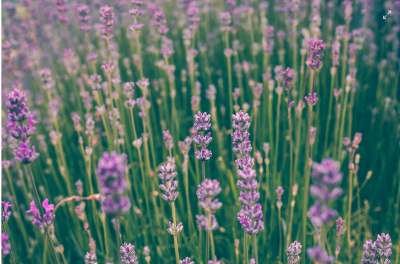
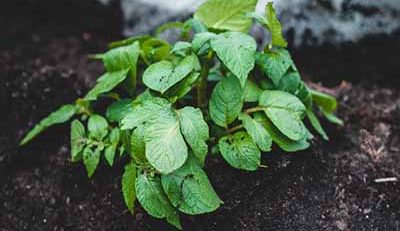
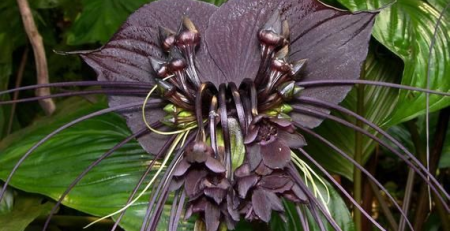
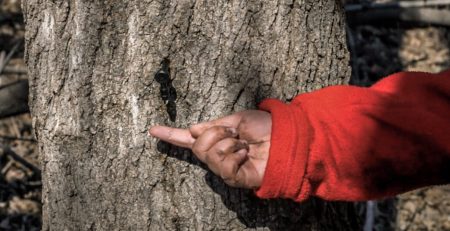
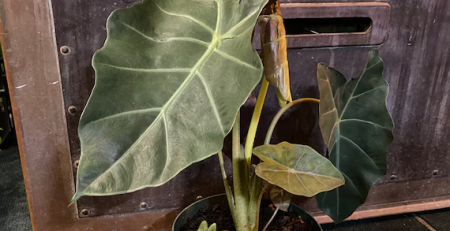
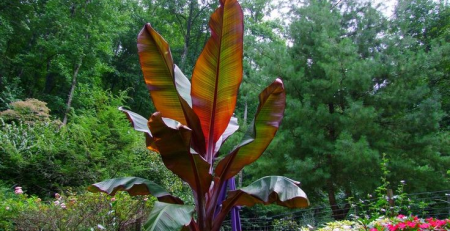
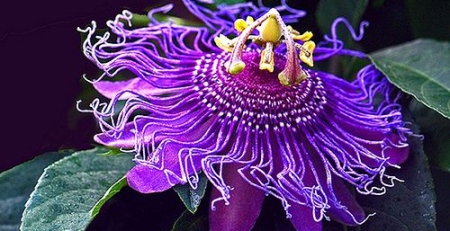

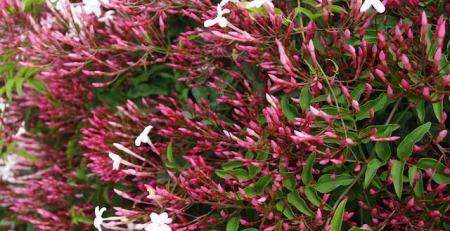
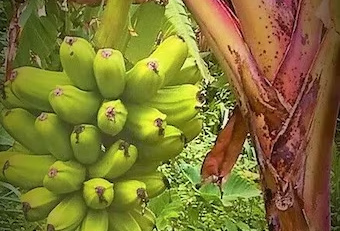
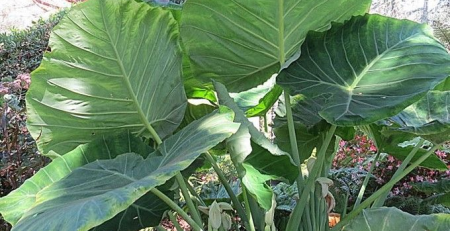
Leave a Reply